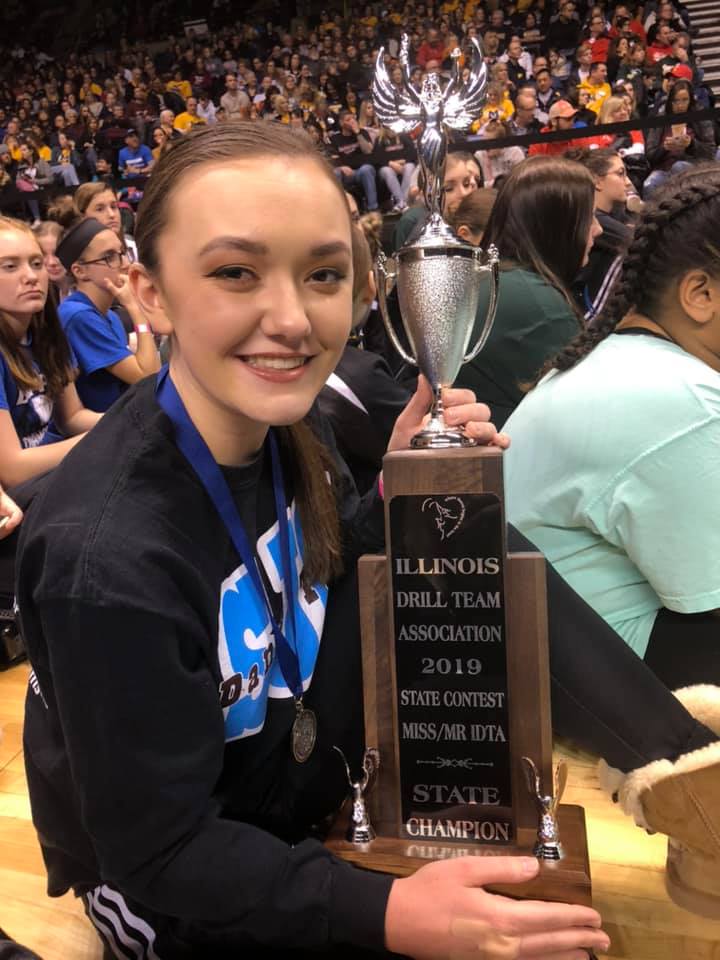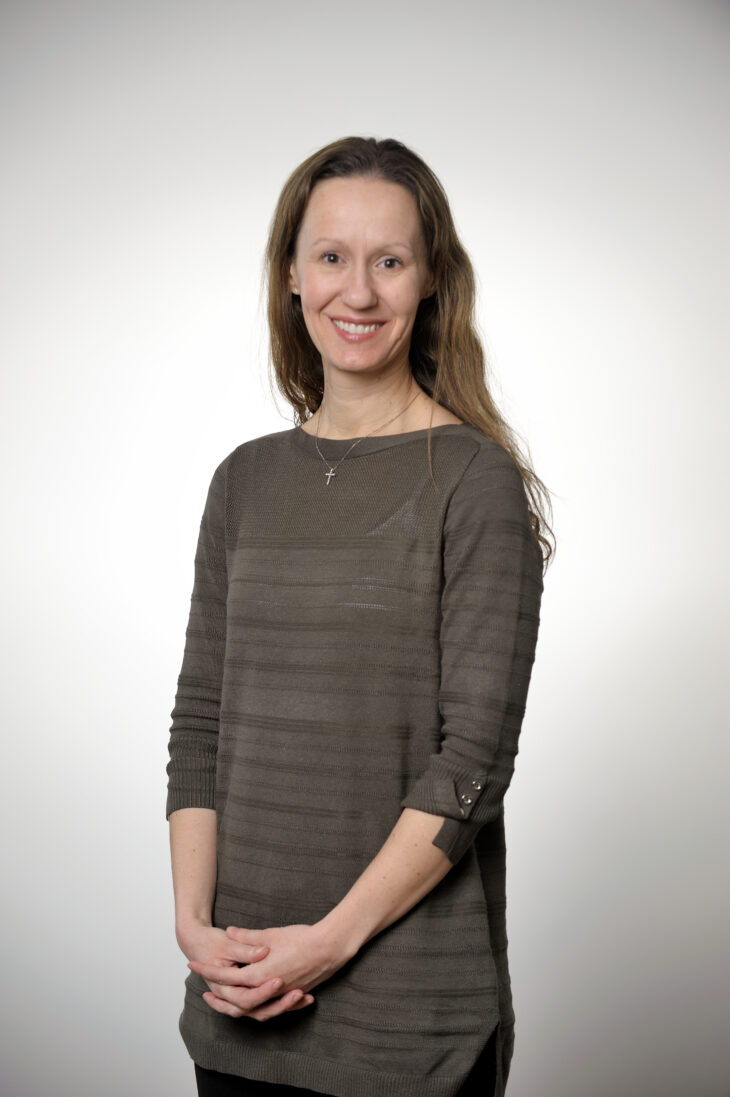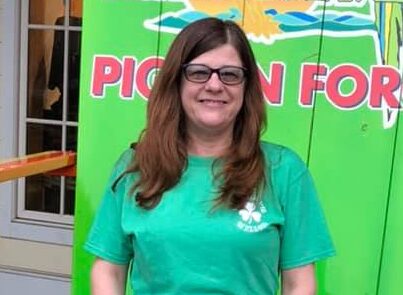Girl Scout Emily Elsbernd knew what she wanted to learn while working on her Gold Award.
“I knew all along that I wanted to learn some basic construction skills and build something for my project,” Elsbernd said.
And that she did.
Elsbernd built an outdoor STEM Classroom at Prairieview-Ogden South Elementary School.
Along with weather durable benches and a removable chalkboard, she developed 15 STEM experiments and lesson plans to be completed in the classroom.
“The STEM portion of the project also came very naturally, as I love STEM classes and have wanted to study engineering since the first grade,” Elsbernd said.
From these two ideas, Elsbernd put together the idea for the Outdoor STEM Classroom that would address the lack of resources and funding for rural STEM education.
Earning a Gold Award requires more than just an idea and carrying it out. It also requires a lot of paperwork and research that goes into ensuring the project meets Gold Award Standards. One of the requirements it that the project must address a global or national issue on a local level. Elsbernd had to explain and prove that in her proposal before she could even start the project.
“I did approximately 10 hours of research, focusing on studies about rural STEM education to prove my project’s value and also focusing on project resources and finances,” Elsbernd said. “Part of the approval paperwork is presenting a broken down budget of what supplies you are going to need and how much it will cost all together, as well as explaining how you will fund the project.”
Before she could submit her paperwork, she also had to present to the school board to receive permission to do the project at the school, as her project would not be approved without a definite location for it.
For final approval, scouts have to answer a variety of reflection questions, complete a time log and a picture log to show that you have completed the project they laid out in their proposal paperwork.
The Gold Award is unique in comparison to the Bronze and Silver Awards, as there are no minimum hours required of your project. Most girls typically spend a minimum of 80 hours, though it can be as short or long as they like, so long as their completed project meets standards. Elsbernd spent a little over 96 hours by the end of her project.
“I saw the Gold Award as a challenge to do something I had never done before in both leading a team of adults and learning an entirely new skill set,” Elsbernd said. “I wanted to prove to myself that I could do it, even if it was hard at times. It was also just a lot of fun and by the end I was proud of myself and what I had accomplished.”
Elsbernd said the most challenging part of the project was by far time management.
“I did not have the time to do the project, I had to make time,” she said. “There’s also inevitable time delays that are unpreventable that make time management even harder. By the time I had the money fundraised for the benches for my project, COVID supply chain issues made it so the benches arrived 10 weeks late, a day after I had ankle surgery. By the time I had recovered, it was too cold to anchor the benches in the ground. The benches were not built and installed until a year after I placed the order, so time management was definitely the largest struggle for me.”
Despite the struggles, Elsbernd said the project was rewarding.
“The most rewarding moment was driving by the elementary school on my way home from school after a long day and seeing kids doing work and learning in the outdoor classroom,” Elsbernd said. “It definitely just made me feel even more proud that I was able to complete the project and provide our community with this resource.”





























You must be logged in to post a comment.